Roman Empire: Timeline, History, Culture & Lasting Legacy of the Ancient World
Curious about the Roman Empire timeline? Explore the complete Roman Empire history from rise to fall, discover its rich culture in art and architecture, and understand its lasting legacy that shaped modern civilization. Dive into Rome's fascinating past through key events, traditions, and enduring influences on law, language, and governance.
Table of Contents
As an Italian local, I am deeply proud of the rich historical tapestry that the Roman Empire has woven into the very fabric of our land. The Roman Empire, with its vast territories, profound cultural impact, and enduring legacy, stands as one of the most remarkable civilizations in human history. In this article, I will delve into the Roman Empire's timeline, history, culture, and legacy, offering a comprehensive exploration of this magnificent empire from an Italian viewpoint.
1. Roman Empire Timeline
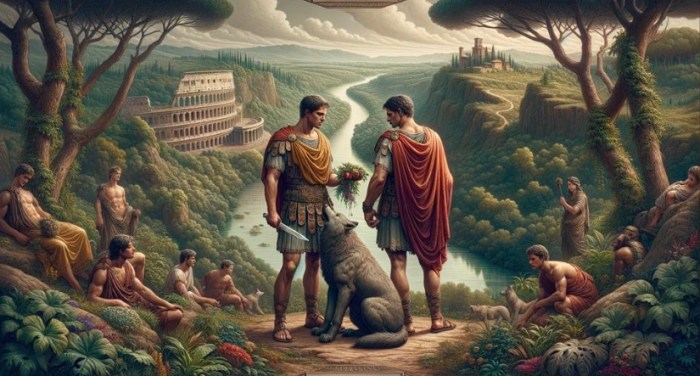
The Founding of Rome
- Legendary Beginnings: According to Roman mythology, the city of Rome was founded in 753 BCE by Romulus and Remus, twin brothers raised by a she-wolf. This mythical event marks the inception of what would eventually become the Roman Empire.
- Early Republic: The Roman Republic was established around 509 BCE after the overthrow of the last Etruscan king, Lucius Tarquinius Superbus. This period saw the development of a complex political system with elected officials and a Senate.
Expansion and Conquests
- Punic Wars: The three Punic Wars (264 - 146 BCE) against Carthage were pivotal in Roman expansion. The Roman victory in these wars secured Rome's dominance over the western Mediterranean and led to the destruction of Carthage.
- Conquest of Greece: In the 2nd and 1st centuries BCE, Rome conquered Greece, absorbing its rich culture and philosophy. This period also saw the rise of powerful Roman generals like Julius Caesar.
The Transition to Empire
- Julius Caesar's Rise: Julius Caesar's military successes and political maneuvering led to his appointment as dictator for life in 44 BCE. His assassination sparked a civil war that eventually resulted in the rise of his adopted heir, Octavian.
- Augustus and the Principate: In 27 BCE, Octavian, later known as Augustus, became the first Roman Emperor, marking the transition from the Roman Republic to the Roman Empire. Augustus established the Principate, a form of government that combined elements of monarchy and republican institutions.
The Pax Romana
- Golden Age: The Pax Romana, or Roman Peace, lasted from 27 BCE to 180 CE. This period was characterized by relative peace, stability, and prosperity across the Roman Empire. It saw significant advancements in architecture, engineering, and the arts.
- Flavian Dynasty: The Flavian dynasty (69 - 96 CE), including Emperors Vespasian, Titus, and Domitian, continued the expansion of the empire and undertook major construction projects like the Colosseum.
Crisis and Decline
- 3rd Century Crisis: The 3rd century CE was marked by political instability, economic turmoil, and military crises. The empire faced numerous usurpers, barbarian invasions, and a plague that significantly weakened its foundations.
- Division of the Empire: In 285 CE, Emperor Diocletian divided the Roman Empire into the Western and Eastern Roman Empires. This division aimed to improve governance and defense but ultimately contributed to the decline of the Western Roman Empire.
The Fall of the Western Roman Empire
- Sack of Rome: In 410 CE, the Visigoths, led by Alaric I, sacked Rome, a significant event that marked the beginning of the end for the Western Roman Empire.
- Final Fall: In 476 CE, the Germanic chieftain Odoacer deposed the last Western Roman Emperor, Romulus Augustulus, effectively ending the Western Roman Empire. The Eastern Roman Empire, later known as the Byzantine Empire, continued to exist for another thousand years.
2. Roman Empire History
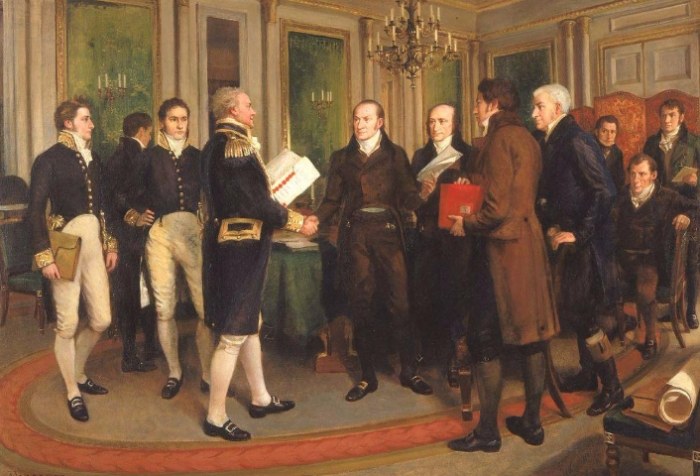
The Early Republic
- Political Structure: The Roman Republic was characterized by a complex political system with elected officials, including consuls, praetors, and tribunes. The Senate, composed of wealthy and influential citizens, played a crucial role in governance.
- Social Hierarchy: Roman society was divided into distinct classes, with the patricians at the top, followed by the plebeians, and slaves at the bottom. The struggle for political rights between the patricians and plebeians was a significant aspect of early Roman history.
The Roman Conquests
- Military Strategy: The Roman army was renowned for its discipline, organization, and military tactics. The use of legions, auxiliary troops, and the construction of roads and fortifications facilitated Roman expansion across Europe, North Africa, and the Middle East.
- Economic Impact: Conquests brought wealth and resources to Rome, contributing to its economic prosperity. The empire's extensive trade networks and the development of a common currency, the denarius, further enhanced economic integration.
The Imperial Era
- Emperors and Autocracy: The Roman Empire was ruled by a series of emperors, each with varying degrees of power and influence. Some emperors, like Augustus and Trajan, were effective leaders who expanded the empire and promoted stability, while others, like Caligula and Nero, were notorious for their tyranny and excesses.
- Religious Developments: Christianity emerged during the Roman Empire and eventually became the state religion under Emperor Constantine in the 4th century CE. The persecution of Christians by earlier emperors, such as Nero and Diocletian, is a well-known aspect of Roman religious history.
The Late Empire
- Economic Challenges: The late Roman Empire faced significant economic challenges, including inflation, debasement of the currency, and a decline in agricultural productivity. These issues were exacerbated by the cost of maintaining a large military and defending the empire's borders.
- Barbarian Invasions: The empire was increasingly threatened by barbarian invasions from tribes such as the Goths, Vandals, and Huns. These invasions put pressure on the empire's defenses and contributed to its eventual decline.
The Byzantine Continuation
- Eastern Roman Empire: After the fall of the Western Roman Empire, the Eastern Roman Empire, centered in Constantinople, continued to thrive. The Byzantine Empire preserved many aspects of Roman culture, law, and administration and played a crucial role in the development of Eastern Orthodox Christianity.
- Legacy of Byzantium: The Byzantine Empire's influence extended into the Middle Ages, with its cultural, artistic, and architectural achievements leaving a lasting mark on the regions it once ruled.
3. Roman Empire Culture
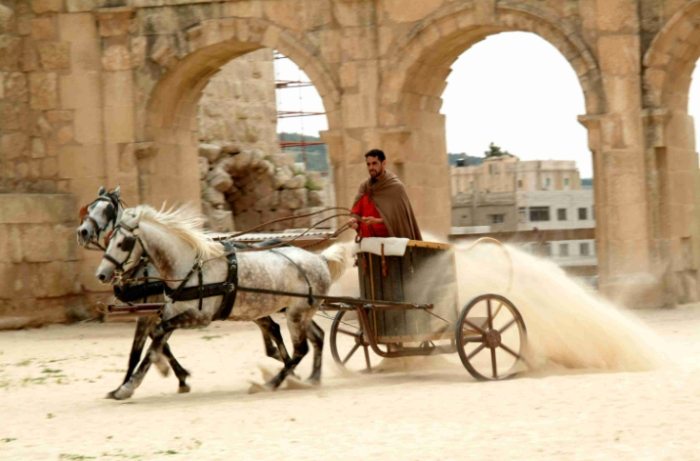
Architecture and Engineering
- Iconic Structures: The Roman Empire was renowned for its architectural and engineering marvels, such as the Colosseum, the Pantheon, and the aqueducts. These structures showcased the Romans' advanced knowledge of construction techniques, including the use of arches, domes, and concrete.
- Urban Planning: Roman cities were meticulously planned, with grid layouts, public forums, and bathhouses. The development of roads and infrastructure facilitated trade and communication across the empire.
Literature and Philosophy
- Latin Literature: Roman literature, written in Latin, produced works by authors such as Virgil, Ovid, and Cicero. These works covered a wide range of genres, including epic poetry, drama, and philosophical treatises, and had a profound impact on Western literature.
- Stoicism and Epicureanism: Roman philosophy was influenced by Greek traditions, with Stoicism and Epicureanism being particularly popular. Stoicism emphasized self-control, virtue, and the acceptance of fate, while Epicureanism focused on the pursuit of pleasure and the avoidance of pain.
Art and Sculpture
- Realistic Portraiture: Roman art was characterized by its realistic portraiture, which aimed to capture the likeness and personality of individuals. Sculptures of emperors, generals, and ordinary citizens were common, often displayed in public spaces.
- Mosaics and Frescoes: Mosaics and frescoes were popular forms of Roman art, used to decorate homes, public buildings, and temples. These artworks often depicted mythological scenes, historical events, and everyday life.
Language and Law
- Latin Language: Latin was the official language of the Roman Empire and had a significant impact on the development of Romance languages such as Italian, French, and Spanish. Latin also served as the language of scholarship, law, and administration.
- Roman Law: Roman law, particularly the Corpus Juris Civilis compiled under Emperor Justinian, had a lasting influence on legal systems around the world. Concepts such as the presumption of innocence, the right to a fair trial, and the importance of written contracts originated in Roman law.
Religion and Mythology
- Polytheistic Beliefs: The Roman Empire was polytheistic, worshiping a pantheon of gods and goddesses, including Jupiter, Juno, and Mars. Roman religion was closely tied to the state, with rituals and ceremonies performed to ensure the favor of the gods.
- Syncretism: Roman religion often incorporated elements from other cultures, resulting in a syncretic blend of beliefs. For example, the worship of the Egyptian goddess Isis became popular in Rome, and the Roman god Mercury was associated with the Greek god Hermes.
Entertainment and Spectacle
- Gladiatorial Games: Gladiatorial games were a popular form of entertainment in the Roman Empire, with arenas like the Colosseum hosting battles between gladiators, wild animals, and condemned criminals. These games served as a means of social control and a way for the emperor to demonstrate his power.
- Theater and Circus: Theater performances and chariot races in the Circus Maximus were also popular pastimes for Romans. These events provided an opportunity for social gathering and a break from the rigors of daily life.
4. Roman Empire Legacy
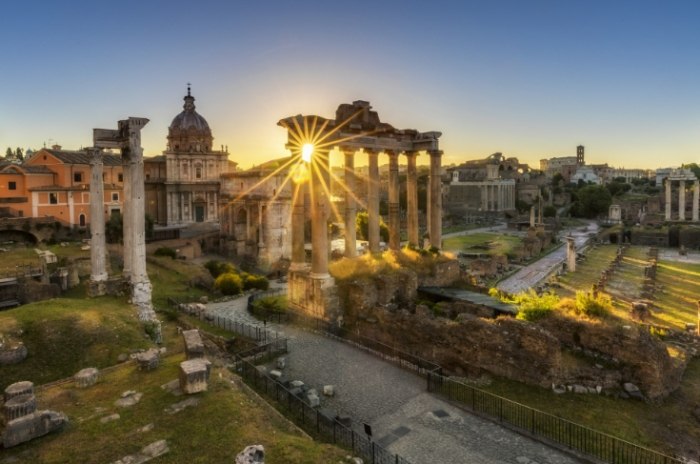
Political and Legal Systems
- Democratic Influences: The Roman Republic's political institutions, such as the Senate and the concept of representative government, influenced the development of modern democratic systems. The idea of a written constitution and the separation of powers can be traced back to Roman political thought.
- Legal Heritage: Roman law, with its emphasis on fairness, justice, and the rule of law, has had a profound impact on legal systems worldwide. Many legal principles and concepts, such as the right to a fair trial and the protection of property rights, originate from Roman legal traditions.
Cultural and Artistic Influences
- Architectural Styles: Roman architectural styles, such as the use of arches, domes, and columns, continue to inspire architects today. Buildings like the United States Capitol and St. Peter's Basilica in Rome showcase the enduring influence of Roman architecture.
- Literary and Artistic Traditions: Roman literature and art have had a lasting impact on Western culture. Works by Roman authors are still studied and admired, and Roman artistic techniques and themes continue to be explored in contemporary art.
Language and Education
- Latin's Influence: Latin, as the language of the Roman Empire, has had a significant impact on the development of many modern languages. Latin roots are prevalent in scientific, legal, and academic vocabulary, and the study of Latin remains an important part of classical education.
- Educational Systems: The Roman emphasis on education, particularly in the areas of rhetoric, philosophy, and law, influenced the development of educational systems in Europe and beyond. The concept of a liberal arts education can be traced back to Roman educational practices.
Infrastructure and Engineering
- Road Networks: The Roman road network, known as the cursus publicus, was one of the most extensive in the ancient world. These roads facilitated trade, communication, and the movement of troops, and many Roman roads are still in use today.
- Aqueducts and Sanitation: Roman aqueducts and sanitation systems were advanced for their time, providing clean water to cities and improving public health. The principles of water management and sanitation developed by the Romans continue to be relevant in modern engineering.
Religious and Philosophical Impact
- Christianity's Rise: The spread of Christianity within the Roman Empire and its eventual adoption as the state religion had a profound impact on world history. Christianity's teachings and values have shaped Western culture and continue to be a major force in global affairs.
- Philosophical Thought: Roman philosophical thought, particularly Stoicism, has had a lasting influence on Western philosophy. Concepts such as resilience, self-control, and the pursuit of virtue are still relevant in contemporary philosophical discussions.
Social and Economic Structures
- Urbanization: The Roman Empire's emphasis on urbanization led to the development of large cities with diverse populations. This urbanization influenced social and economic structures, leading to the growth of trade, industry, and cultural exchange.
- Economic Systems: The Roman economy, with its extensive trade networks, use of currency, and development of banking systems, laid the foundations for modern economic practices. The concept of a market economy and the importance of international trade can be traced back to Roman economic systems.
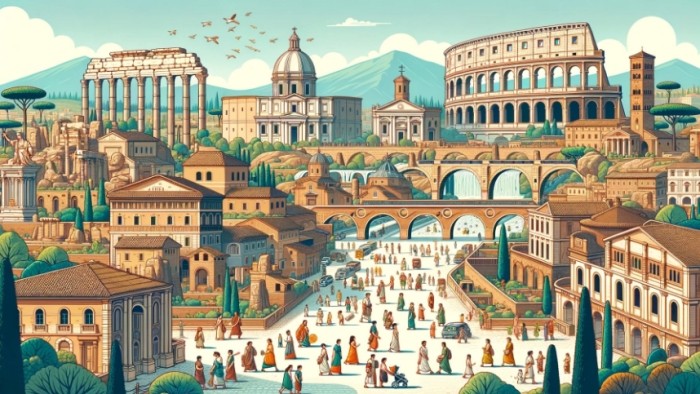
Q&A
1. How many years did the Roman Empire last?
The Roman Empire, as a unified political entity, lasted approximately 500 years, from 27 BCE, when Augustus became the first emperor, to 476 CE, when the Western Roman Empire fell. However, if we consider the entire span of Roman history, including the Roman Republic, it extends back to 509 BCE, making it a civilization that lasted over a thousand years.
2. Who defeated the Roman Empire?
The Western Roman Empire was effectively defeated by a series of barbarian invasions and internal strife. In 476 CE, the Germanic chieftain Odoacer deposed the last Western Roman Emperor, Romulus Augustulus. The Eastern Roman Empire, or Byzantine Empire, continued to exist until 1453 CE when it fell to the Ottoman Turks.
3. What did Jesus say about the Roman Empire?
There is no direct record of Jesus speaking about the Roman Empire in the New Testament. However, his teachings often emphasized submission to earthly authorities, as seen in Matthew 22:21, where he says, "Render therefore unto Caesar the things which are Caesar's; and unto God the things that are God's." This statement suggests a recognition of the Roman Empire's authority while also affirming the importance of spiritual devotion.
4. Why did the Roman Empire fall?
The fall of the Roman Empire was a complex process with multiple contributing factors. These include economic decline, political instability, military overextension, barbarian invasions, and social unrest. The 3rd century crisis, characterized by civil wars, economic turmoil, and plague, significantly weakened the empire's foundations. Additionally, the division of the empire into Eastern and Western halves made it more difficult to defend against external threats. Ultimately, a combination of these factors led to the collapse of the Western Roman Empire in 476 CE.
In conclusion, the Roman Empire, with its rich history, vibrant culture, and lasting legacy, remains a fascinating subject of study. As an Italian, I am honored to be part of a nation that was once at the heart of this great empire. The Roman Empire's influence can still be seen in our architecture, language, laws, and way of life, a testament to its enduring power and significance.